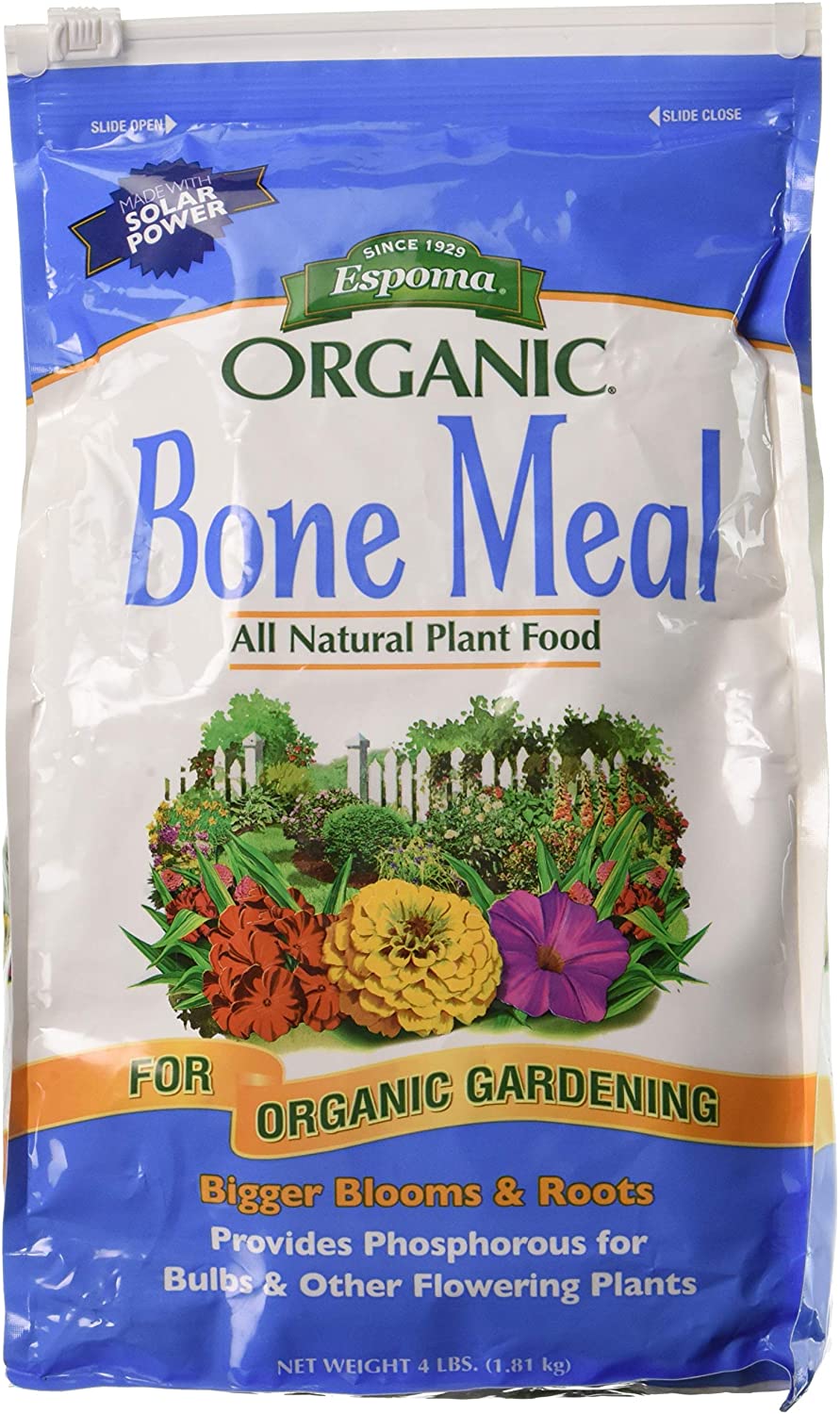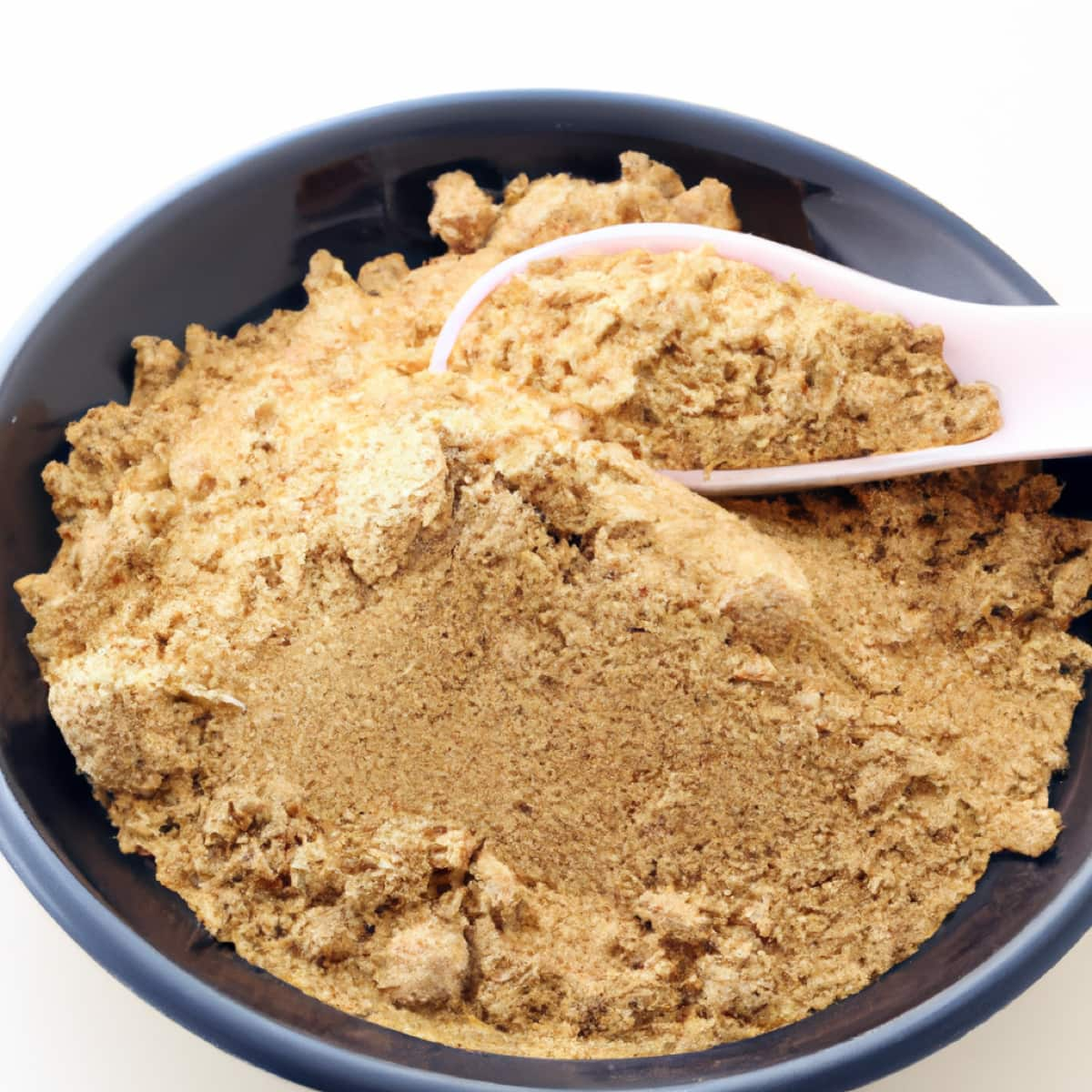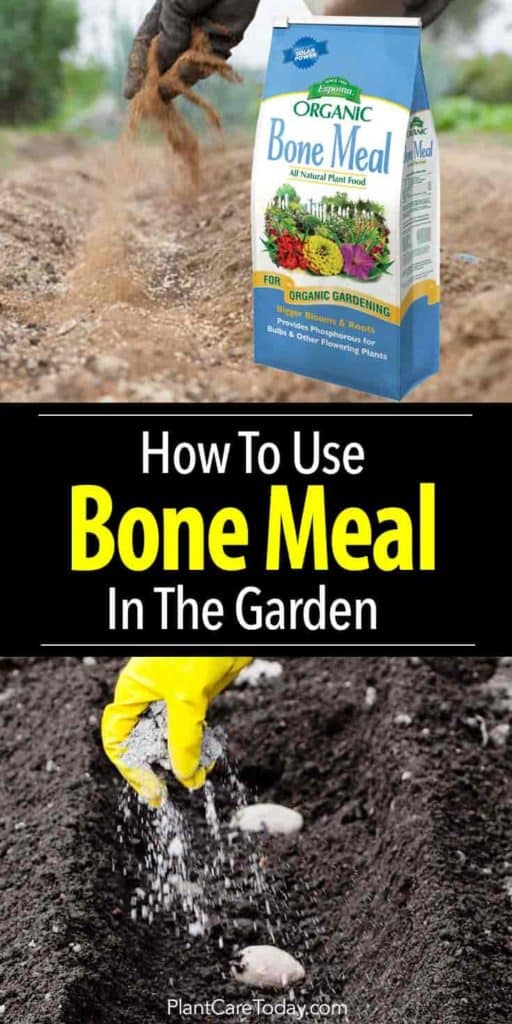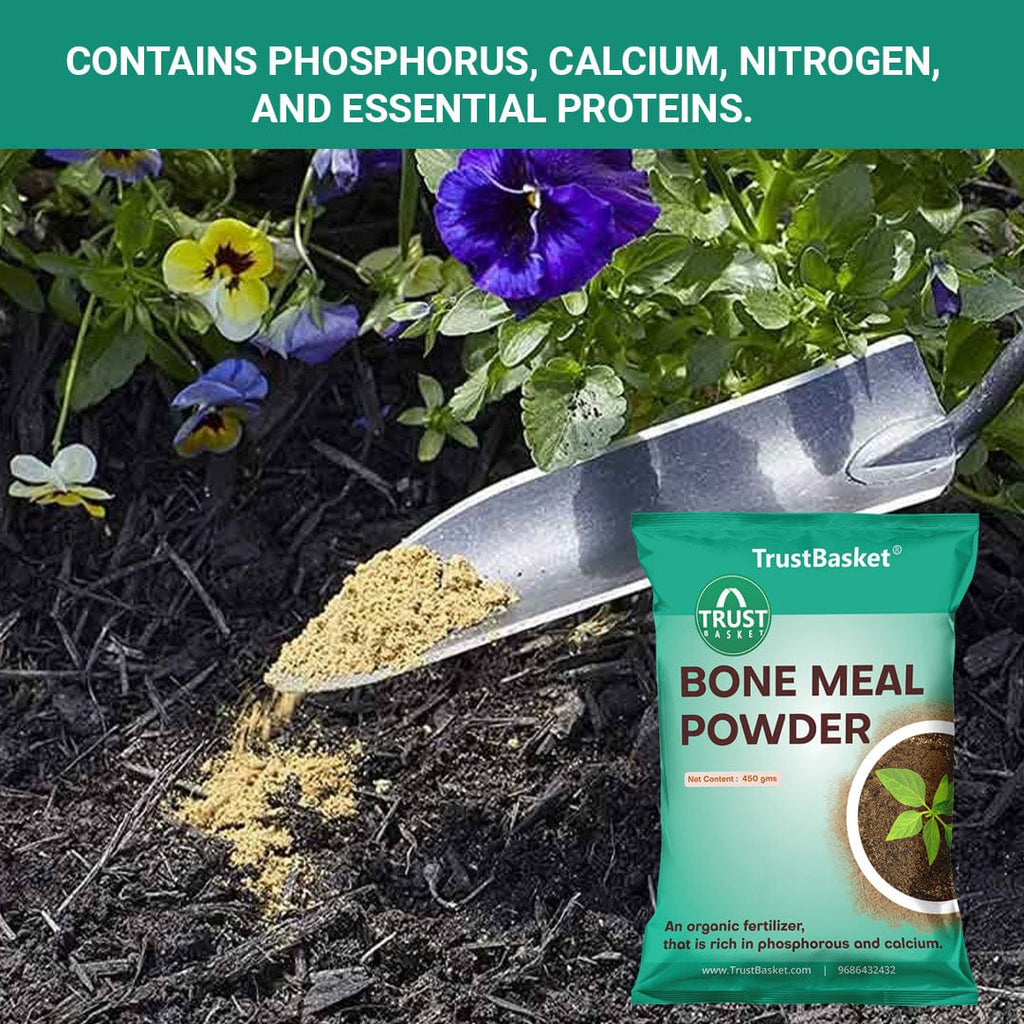Unlocking the Secrets of Bone Meal Benefits
Bone meal, a natural, slow-release fertilizer, has been a trusted gardening companion for centuries. This organic wonder is derived from animal bones, which are rich in phosphorus, nitrogen, and other essential nutrients. When added to soil, bone meal enriches the earth, promoting healthy plant growth, and supporting beneficial microorganisms. By choosing bone meal over synthetic alternatives, gardeners can create a thriving ecosystem that fosters strong, resilient plants. One of the primary advantages of bone meal is its slow-release properties, which provide a steady supply of nutrients to plants over an extended period. This reduces the need for frequent fertilization, making it a convenient and cost-effective option for gardeners. Many gardeners wonder, what plants benefit from bone meal? The answer lies in the diverse range of plants that thrive with this natural fertilizer, from flowering bulbs to vegetables and roses. By understanding the benefits of bone meal, gardeners can unlock its full potential and create a vibrant, thriving garden.
How to Choose the Right Plants for Bone Meal Fertilization
Selecting the right plants for bone meal fertilization is crucial to unlocking its full potential. Not all plants respond equally to bone meal, but those that do can reap significant benefits. Bulbs, roses, and vegetables are some of the most notable examples of plants that thrive with bone meal fertilization. These plants respond well to bone meal due to its slow-release properties, which provide a steady supply of nutrients over an extended period. This allows them to absorb the necessary nutrients for healthy growth and development. For instance, bulbs such as tulips, daffodils, and hyacinths benefit from bone meal’s ability to promote healthy root development, leading to more vibrant and abundant blooms. Similarly, roses and vegetables such as tomatoes, peppers, and carrots respond well to bone meal’s nutrient-rich properties, resulting in increased yields and improved flavor and nutrition. By understanding what plants benefit from bone meal, gardeners can make informed decisions about which plants to fertilize, ensuring maximum benefits and a thriving garden.
Bulbous Beauties: How Bone Meal Boosts Flowering Plants
Flowering bulbs, such as tulips, daffodils, and hyacinths, are some of the most notable beneficiaries of bone meal fertilization. These plants thrive with bone meal due to its ability to promote healthy root development, increase flower production, and enhance overall plant vigor. The slow-release properties of bone meal provide a steady supply of nutrients to these plants, allowing them to absorb the necessary nutrients for optimal growth and development. As a result, bulbs fertilized with bone meal tend to produce more vibrant and abundant blooms, making them a stunning addition to any garden. By understanding what plants benefit from bone meal, gardeners can make informed decisions about which plants to fertilize, ensuring maximum benefits and a thriving garden. For instance, tulips, which are notoriously heavy feeders, respond exceptionally well to bone meal’s nutrient-rich properties, resulting in larger, more vibrant blooms. Similarly, daffodils and hyacinths benefit from bone meal’s ability to promote healthy root growth, leading to stronger, more resilient plants. By incorporating bone meal into their fertilization routine, gardeners can unlock the full potential of their flowering bulbs and enjoy a more vibrant and thriving garden.
Vegetable Gardens and Bone Meal: A Match Made in Heaven
When it comes to vegetable gardens, bone meal fertilizer is a game-changer. This natural, slow-release fertilizer enriches the soil, promoting healthy plant growth and supporting beneficial microorganisms. As a result, vegetable gardens that incorporate bone meal into their fertilization routine tend to experience improved soil structure, increased crop yields, and enhanced flavor and nutrition. Tomatoes, peppers, and carrots are just a few examples of vegetables that benefit from bone meal’s nutrient-rich properties. By understanding what plants benefit from bone meal, gardeners can make informed decisions about which vegetables to fertilize, ensuring maximum benefits and a thriving harvest. For instance, tomatoes respond exceptionally well to bone meal’s ability to promote healthy root growth, leading to stronger, more resilient plants and increased fruit production. Similarly, peppers and carrots benefit from bone meal’s slow-release properties, which provide a steady supply of nutrients throughout the growing season. By incorporating bone meal into their fertilization routine, gardeners can enjoy a more bountiful and nutritious harvest, while also promoting a healthier and more sustainable garden ecosystem.
Roses and Bone Meal: A Romantic Partnership
Roses are one of the most iconic and beloved flowers in the garden, and bone meal fertilizer is the perfect partner to help them thrive. This natural, slow-release fertilizer promotes healthy root growth, increases blooming, and enhances overall plant health, making it an ideal choice for rose enthusiasts. By understanding what plants benefit from bone meal, gardeners can unlock the full potential of their roses and enjoy a more vibrant and fragrant display. Bone meal’s ability to provide a steady supply of nutrients allows roses to focus their energy on producing more blooms, rather than expending resources on root development. As a result, roses fertilized with bone meal tend to produce more abundant and vibrant flowers, with improved color and fragrance. Additionally, bone meal’s slow-release properties help to reduce the risk of over-fertilization, which can be detrimental to rose health. By incorporating bone meal into their fertilization routine, gardeners can enjoy a more romantic and picturesque rose garden, with blooms that will delight and inspire.
Other Plants That Thrive with Bone Meal Fertilization
Beyond bulbs, roses, and vegetables, many other plants benefit from the nutrient-rich properties of bone meal fertilizer. Shrubs, trees, and perennials, for example, respond well to bone meal’s slow-release formula, which provides a steady supply of phosphorus, nitrogen, and other essential nutrients. By understanding what plants benefit from bone meal, gardeners can expand their fertilization routine to include a diverse range of plants. For instance, shrubs like rhododendrons and azaleas thrive with bone meal, as it promotes healthy root growth and enhances their vibrant flower displays. Trees, such as fruit trees and ornamental species, also benefit from bone meal’s ability to improve soil structure and increase nutrient availability. Perennials, like coneflowers and black-eyed susans, respond well to bone meal’s slow-release properties, which provide a steady supply of nutrients throughout the growing season. By incorporating bone meal into their fertilization routine, gardeners can enjoy a more diverse and thriving garden, with a wide range of plants that benefit from its use.
Applying Bone Meal Fertilizer for Maximum Benefits
When it comes to applying bone meal fertilizer, timing and method are crucial to maximize its benefits. To get the most out of this natural, slow-release fertilizer, it’s essential to understand the recommended application rates, timing, and methods for different types of plants. For bulbs, such as tulips and daffodils, apply bone meal in the fall, about 2-3 inches deep, to promote healthy root development and increase flower production. For roses, apply bone meal in early spring, around the base of the plant, to promote healthy root growth and increase blooming. For vegetables, such as tomatoes and peppers, apply bone meal at planting time, mixing it into the soil to improve soil structure and increase crop yields. For shrubs, trees, and perennials, apply bone meal in the early growing season, around the base of the plant, to promote healthy growth and increase productivity. Regardless of the type of plant, it’s essential to follow the recommended application rates, typically 2-5% of the total soil volume, to avoid over-fertilization. By applying bone meal fertilizer correctly, gardeners can unlock its full potential and enjoy a thriving, vibrant garden, with a diverse range of plants that benefit from its use.
Conclusion: Nourishing Your Garden with Bone Meal
In conclusion, bone meal fertilizer is a natural, slow-release solution that offers a wide range of benefits for gardeners. By understanding what plants benefit from bone meal, such as bulbs, roses, vegetables, shrubs, trees, and perennials, gardeners can unlock its full potential and create a thriving, vibrant garden. With its ability to enrich soil, promote healthy plant growth, and support beneficial microorganisms, bone meal fertilizer is an ideal choice for gardeners seeking a natural, eco-friendly alternative to synthetic fertilizers. By following the recommended application rates, timing, and methods for different types of plants, gardeners can maximize the benefits of bone meal fertilizer and enjoy a bountiful harvest. Whether you’re a seasoned gardener or just starting out, incorporating bone meal fertilizer into your gardening routine can make a significant difference in the health and productivity of your plants. So why not give it a try and discover the power of bone meal for yourself?









